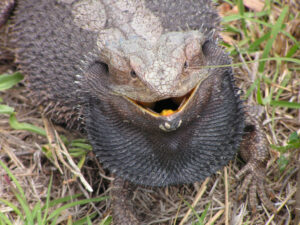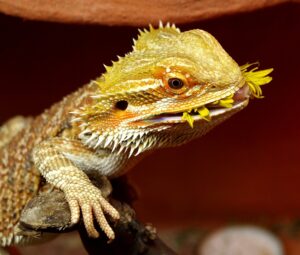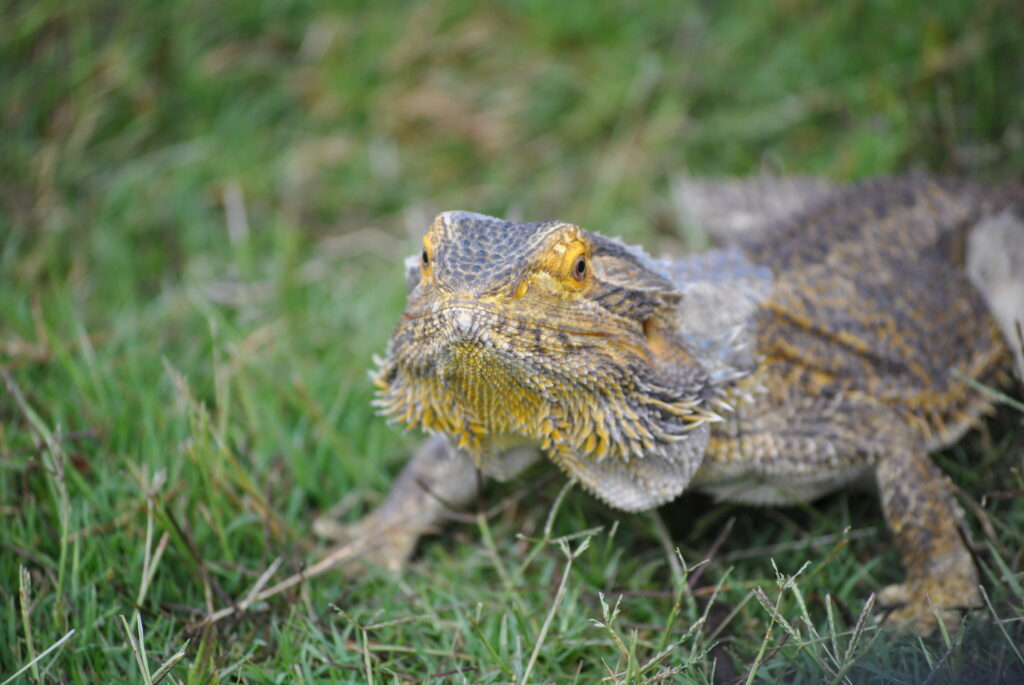Protected Magazine
Eastern Bearded Dragon
The Eastern Bearded Dragon, scientifically known as Pogona barbata, is a popular reptile species native to Australia. These lizards are often kept as pets due to their unique appearance and docile nature.
They are a medium-sized lizard that is found in eastern and southeastern parts of Australia. They are commonly found in open woodland, savanna, and coastal heath habitats. These lizards have a stocky build, with a triangular-shaped head and spiny scales under their chin that resemble a beard.

Their color varies from brown to gray, with patches of lighter colors on their belly and sides. They also have distinct markings on their back, resembling a diamond or V-shape, which help them camouflage in their natural habitat.
Adult males can reach lengths of up to 60cm and females up to 50cm from nose to tail tip.
Eastern Bearded Dragons are omnivores and feed on a variety of insects, fruits, and vegetables. Their diet in the wild typically includes insects such as crickets, beetles, and grasshoppers, as well as fruits and vegetation such as berries, flowers, and leaves.

In their natural habitat, Eastern Bearded Dragons are known to bask in the sun to regulate their body temperature. When threatened, they will inflate their body and display their spiny beard, making them appear larger and more intimidating to predators.
This species is native to eastern and southeastern parts of Australia, including Victoria, New South Wales, Queensland, and South Australia. They are commonly found in open woodland, savanna, and coastal heath habitats.
These lizards reach sexual maturity at around 18 months of age. Females can lay up to 24 eggs per clutch, which hatch after an incubation period of 50 to 80 days. The hatchlings are typically around 10 cm in length and require a specialized diet and care to ensure healthy growth.
While the Eastern Bearded Dragon is not currently listed as endangered, their population has declined in some areas due to habitat loss and fragmentation.
Additionally, they are sometimes collected from the wild for the pet trade, which can put additional pressure on wild populations.


